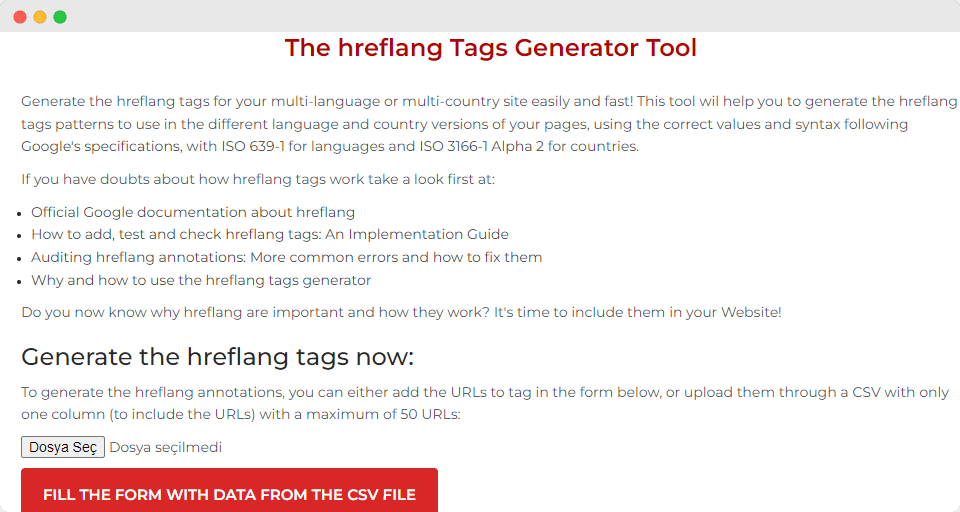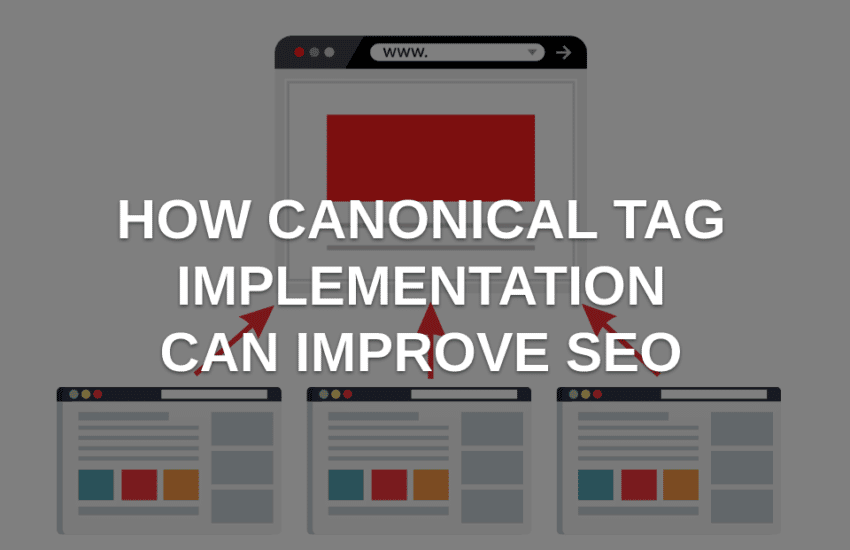What Is Hreflang Attribute? Multilingual Websites SEO Guide
Hreflang is an HTML attribute used to specify a website’s geographical targeting and language. You can tell search engines about different variations if you have multiple versions of the same page. So users can get the correct version. It is very important for SEO because you can signal search engines that you have translated content so that they can show it to users. Then Google uses this attribute to serve the correct language URLs depending on the searcher’s country and language.
The Benefits of Hreflang Tag
We can do three critical things using hreflang;
- Optimize webpages for the same language. It is done in the same country.
- In that same country, optimize webpages for different languages.
- Optimize webpages for different languages but in different countries.
Website owners can build specific web pages that conform to international tax codes and laws to avoid legal troubles. Also, ultimate hreflang tags benefit your website in different ways. You can:
- Localize content for users around the world. Also, local targeting.
- Allow users to pay in native currencies
- Gain access to global markets
- Keep your websites organized
- Prevent alternate web pages from competing

How to Set Hreflang
The Hreflang attribute, also referred to as rel=” alternate” hreflang=” x” is very important for SEO. First, you need to set it. These are the steps to set hreflang tags:
1. You must decide whether you need hreflang annotations on your site. It is important to implement hreflang annotations if you have more than one version of the content in different languages.
2. You must build a map of your website’s language and country versions. The aim of hreflang annotations is to signal Google and other search engines that you have several versions of URLs for users speaking in different languages. It is essential to map out to determine the target users of your website version. Because URLs are normally grouped into languages.
3. Double-check your domain strategy and website structure. You can implement hreflang across almost all subdirectories, domains, and subdomains. You need to remember that Google automatically interprets content on country-specific domains.
4. Assign hreflang value to each country and language version. You need to use a country code and language code. But you can only assign it once. Each combination of a language must be unique in your hreflang structure.
5. You may need hreflang=” x-default”. This new value has brought a lot of confusion among international SEOs. You can assign the hreflang value “x-default” in three ways.
6. Determine the pages to link with hreflang annotations. The annotations need to be implemented on a URL level. So every set of URLs receives a specific set of annotations. Make sure that pages that are supposed to be indexed by Google must receive hreflang annotations. Also, remember that not all pages exist in all country and language versions of your website. So Google hreflang annotations don’t need to point to pages that don’t exist.
7. Choose a hreflang implementation method to use. These are the three methods of implementing hreflang:
- In XML sitemaps
- In the header section of HTML hreflang code
- In the HTTP header of each page
8. Implement hreflang on your site. There are many ways of implementing it. It depends on many factors. For example, you can implement it with Google Tag Manager.
9. Build a Google Search Console Property for each country and language version. Because in some situations, you send additional signals to Google using Search Console that can help with the correct interpretation of hreflang.
10. Align international targeting options in Google Search Console using hreflang implementation because it allows targeting properties in all countries. It is very effective for multilingual websites. Your website SEO will work accordingly.

Hreflang Tag Generator Tool and Hreflang Checker
It is an easy tool that helps to generate hreflang tags for every country and language variation in your web pages. You can add a specific URL and select a country and language to generate a hreflang tag. You need to generate every tag for every webpage. This helps search crawlers to understand how a page’s regional variations are interlinked. As a result, hreflang tags will help search engines to understand multiple pages on multiple websites.
Then you can use Hreflang Tag Checker to automate the process of checking a website’s hreflang tag deployment. This tool takes a readout of a URL’s hreflang tags and crawls them to access if they reference the current URL. You can check if your hreflang tags have been implemented correctly.
Frequently Asked Questions
What is the hreflang code?
This is a two-letter language code used in hreflang tag to indicate a web page’s language. Hreflang tags are HTML code snippets that tell search engines about a website’s geographical region and language.
Does hreflang affect SEO?
Hreflang tags are very important if you are running an international business in different languages. Missing or incorrectly used tags will hurt your SEO.
Conclusion
In this article, we’ve discussed the hreflang tag and its functions. Hreflang attributes are very effective for your web pages if you target users from around the globe. You can tell search engines about different languages so that your content in multiple languages can be shown to users worldwide. So your website becomes a multilingual website. It is easy to set up, use, and check the process. You will optimize webpages for several languages in different countries. Hreflang HTML will improve your SEO.


